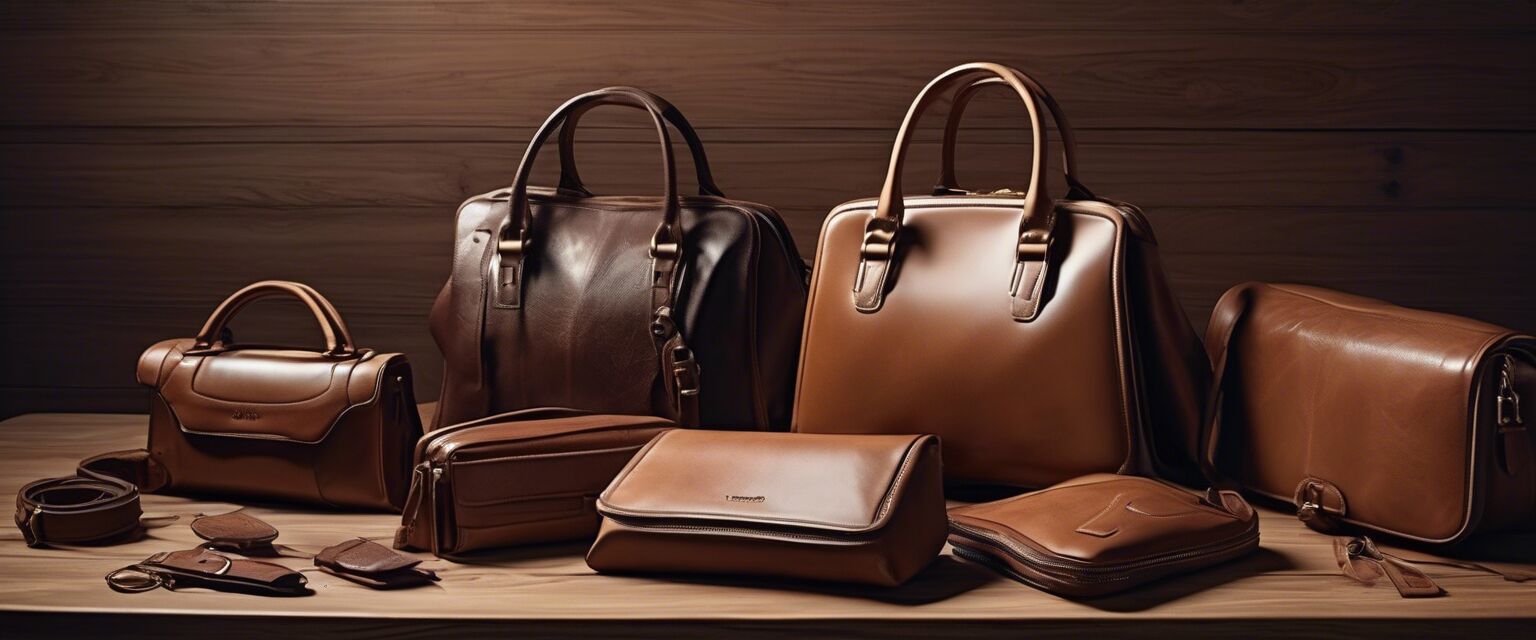
Tips for Choosing High-Quality Leather Goods
- Look for full-grain leather for durability and authenticity.
- Examine stitching for quality craftsmanship.
- Consider the type of leather finish for maintenance and style.
- Check for reputable brands to ensure quality.
- Assess the weight of the leather to gauge quality.
When it comes to luxury, few materials evoke the same level of elegance as high-quality leather. From bags to jackets, leather products are not only stylish but also have the potential to last a lifetime if properly chosen and cared for. In this guide, we will explore essential tips for selecting the best leather goods that not only fit your style but also stand the test of time.
Understanding Leather Types
Before diving into the buying process, it’s essential to understand the different types of leather available on the market. Here’s a quick overview:
| Type of Leather | Description | Best Uses |
|---|---|---|
| Full-Grain Leather | Made from the top layer of the hide, retaining the natural grain pattern. | High-end bags, jackets, and footwear. |
| Top-Grain Leather | Similar to full-grain but sanded down to remove imperfections. | Wallets and lighter bags. |
| Genuine Leather | Made from the leftover pieces of hide, less durable than full or top-grain. | Less expensive items like imitation leather goods. |
| Bonded Leather | Composed of leather scraps glued together, often used for cheaper products. | Low-end furniture and accessories. |
Key Features to Consider
Selecting the right leather goods involves considering several key features:
- Stitching: Look for even and tight stitching, as this indicates quality craftsmanship.
- Leather Finish: Different finishes can affect both appearance and ease of care.
- Weight: Higher quality leather is generally heavier, providing a sense of luxury and durability.
Evaluating Quality
To ensure you are purchasing high-quality leather items, keep these evaluation tips in mind:
- Check the grain texture and surface imperfections.
- Assess the smell; genuine leather has a distinct rich aroma.
- Inspect for any unnecessary embellishments, which can detract from the quality.
- Research the brand; reputable brands usually uphold stringent quality standards.
Care and Maintenance Tips
Even the finest leather products require care to ensure longevity. Here are some maintenance tips:
Conditioning: Apply a good quality leather conditioner every 6-12 months to maintain suppleness.
Storage: Store in a cool, dry place, and use dust bags for valuable items.
Where to Buy Quality Leather Goods
It’s essential to purchase from reputable retailers. Here are some top categories to consider when shopping:
Pros
- Durability: Quality leather lasts a long time.
- Style: Leather items typically exude elegance.
- Versatility: Suitable for various occasions - casual, business, formal.
Cons
- Cost: High quality can come at a premium price.
- Maintenance: Leather requires specific care routines.
- Potential for wear: If not cared for, leather can show signs of wear and tear.
Conclusion
Choosing high-quality leather goods is an investment in both style and durability. Understanding the types of leather, key features, and proper maintenance can help you make informed decisions as you navigate the luxury market. Whether you seek timeless bags or stylish jackets, being well-informed gives you the best chance of finding leather products that will provide service and satisfaction for years to come.
For more insights on the luxury market, check out our comprehensive Luxury Buying Guides to equip yourself with knowledge for your next extravagant purchase!

